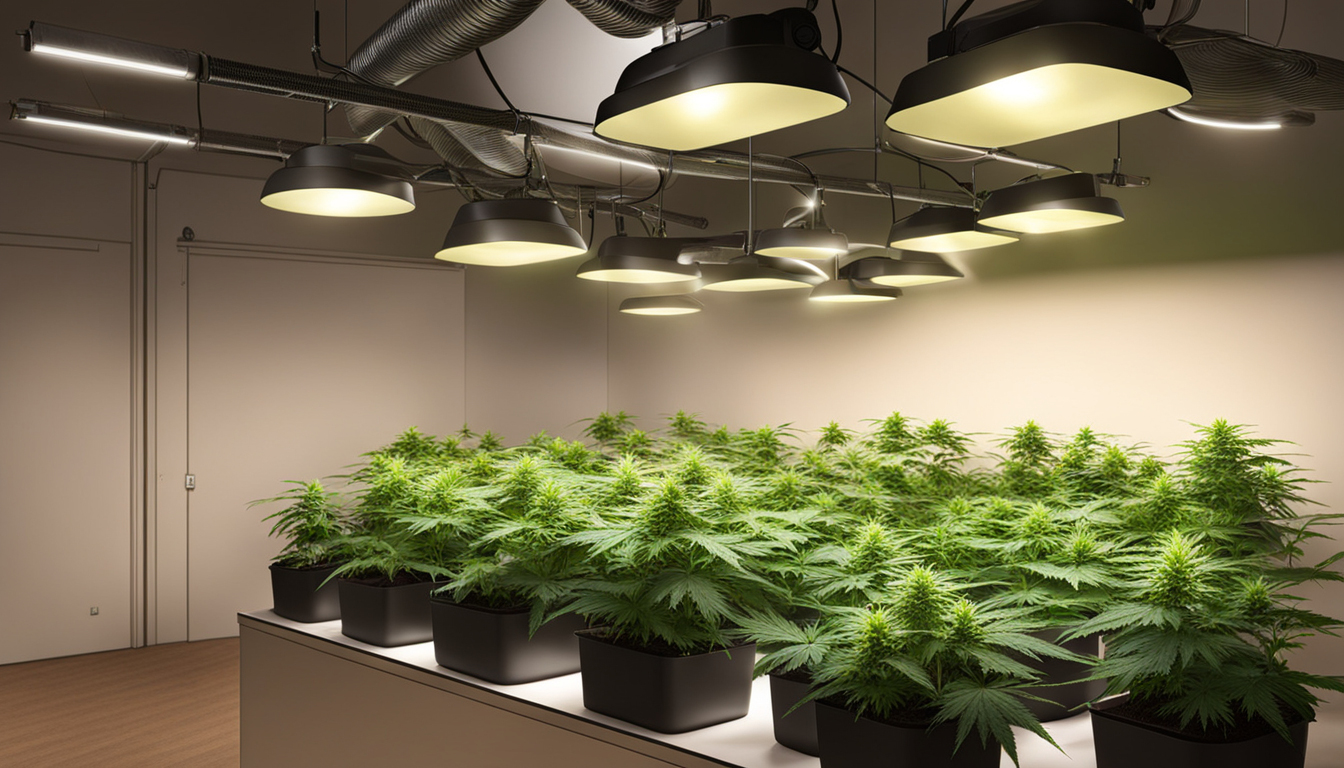
Whether you're beginning cannabis growing or looking to improve your existing harvest, following this complete guide will help you produce large, high-quality yields right at home. With the right equipment, methods, and attention, cultivating cannabis indoors can be an extremely rewarding and cost-effective endeavor.
Choosing Weed Varieties
The first step in planning your indoor harvest is picking the right cannabis cultivars to produce. The three main types of cannabis plants each have their own traits.
Sativas
Known for their invigorating mental effects, these strains grow tall and slender with narrow leaves. They thrive in hotter tropical climates and have a longer blooming time between 2.5-3 months indoors. Top sativa strains include Jack Herer, Durban Poison, Super Lemon Haze, and Jack Herer.
Relaxing strains
These strains provide relaxing full-body effects and grow short and bushy with broad leaves. Adapted to cooler mountain climates, they flower faster within 8-9 weeks. Popular relaxing varieties include Northern Lights, Bubba Kush, and Bubba Kush.
Hybrids
Hybrid strains blend traits from both energizing strains and relaxing strains. They offer blended effects and have medium blooming times around 2.25-2.5 months. Popular mixes are OG Kush, Girl Scout Cookies, and Blue Dream.
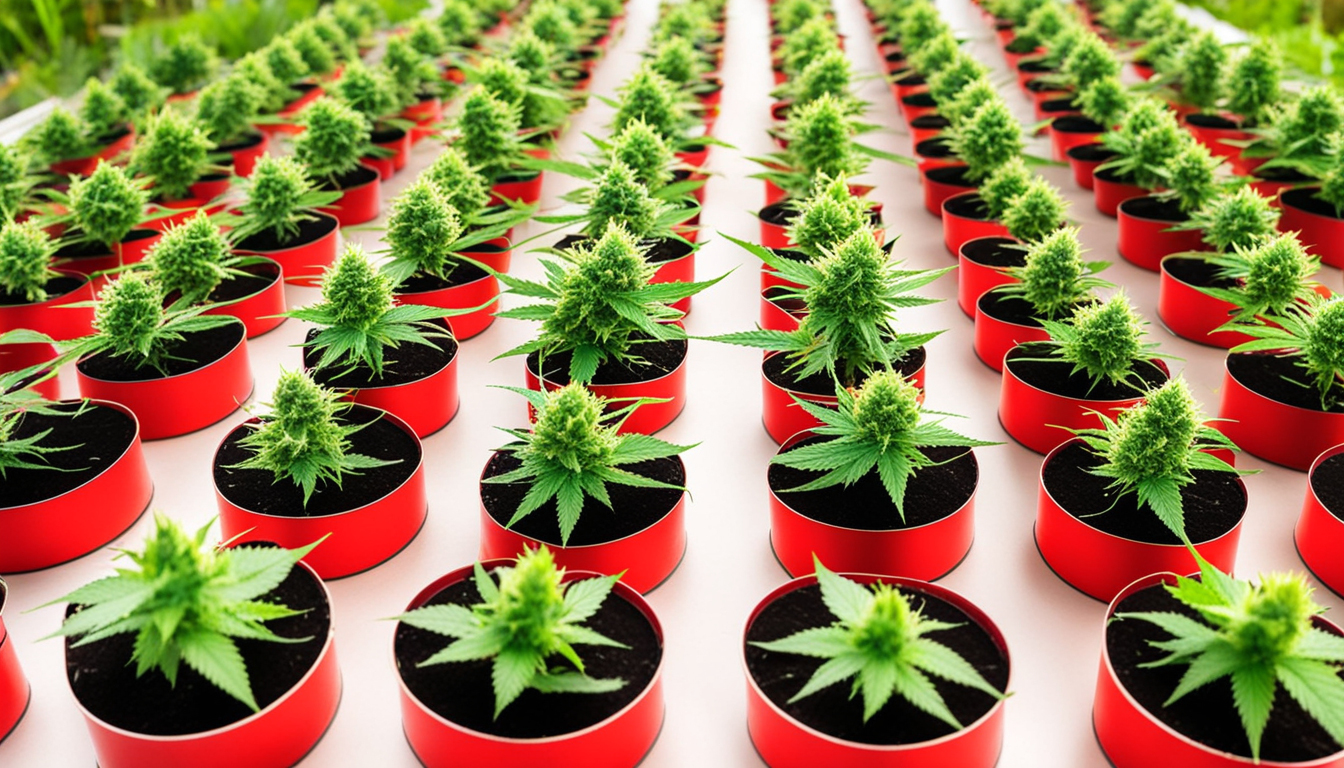
Setting Up Your Cultivation Space
Pot plants need the right controlled environment to succeed. Key factors for indoor cultivations are lights, airflow, layout, and finding the ideal discreet spot.
Location
Choose an empty space with quick access to water and electrical outlets. An empty spare room, large closet, basement corner, or grow tent locked away in a garage all make great stealthy cultivation room spots.
Lights
Marijuana requires strong light for all growth stages. LED grow lights are energy-efficient and come in broad spectrum options replicating real sunlight. Cover 15-25 watts per sq. ft for the growth stage and 20-40 watts per square foot for flowering.
Ventilation
Proper airflow and exhaust systems maintain ideal temperature, humidity, and pure CO2 levels. Install quiet 10-15 cm blowers or carbon filters to refresh stale air and reduce odors.
Layout
Maximize your space by arranging plants strategically under the lights and allowing room to reach and work around them. Set up separate zones for vegetation, bloom, curing, and cloning.
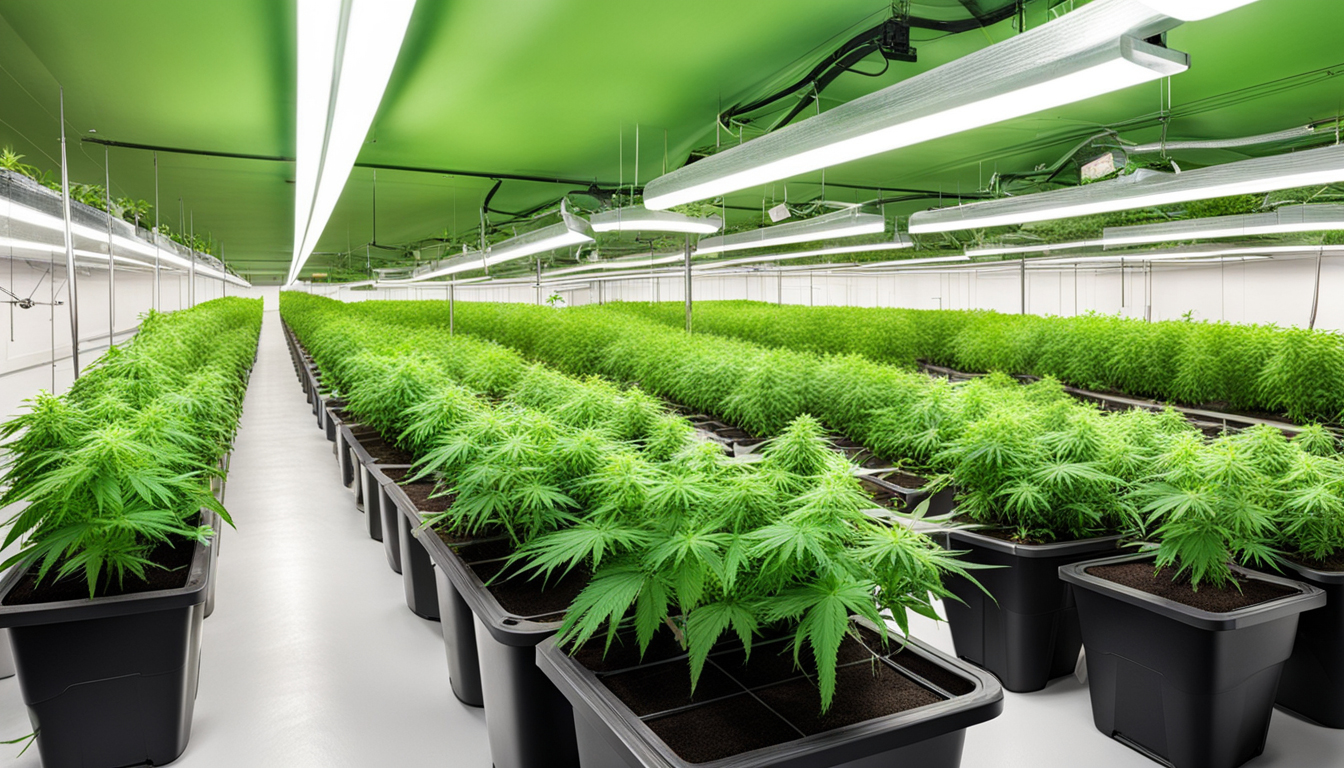
Cultivation Substrates
Cannabis can be cultivated in different substrates, each with pros and cons. Pick a appropriate option for your specific setup and cultivation style.
Soil
The traditional medium, soil is cheap and easy for beginners. It provides great flavor but needs more watering and nutrients to nourish plants. Enrich soil with perlite or coir to improve aeration.
Coco Coir
Made from coir, renewable coco coir holds water but still allows air to the roots. It's more sterile and more predictable than soil. Use coir-specific nutrients to avoid accumulation.
Hydroponics
In hydro systems, plant roots develop Click Here right in fertilizer water solution. This enables rapid development but needs careful observation of solution chemistry. DWC and drip systems are common methods.
Germinating Seeds
Sprouting prepares your cannabis seeds to begin growing radicles. This prepares them for transplanting into their growing medium.
Paper Towel Method
Put seeds between damp paper towels and maintain them moist. Check after a week for growing taproots indicating sprouting is complete.
Direct Planting
Insert seeds right into pre-moistened cultivation medium 6mm deep. Gently water and wait 1-2 weeks until seedlings push through the surface.
Cubic rockwool
Presoak cubic rockwool starters in pH-adjusted water. Insert seeds 1⁄4 inch deep into the cubes. Keep cubes wet until sprouts emerge within a week to 2 weeks.
Repotting Seedlings
Once sprouted, pot seedlings need to be transplanted to prevent crowding. Move them into appropriately sized pots.
Ready Containers
Fill final pots with cultivation medium enriched with slow-release nutrients. Let pots to soak up water overnight before transplanting.
Gently repotting
Gently separate seedling roots from sprouting medium using a spade. Place into prepared pot at equal depth as before and gently water in.
Vegetative Stage
The vegetative stage encourages leafy growth and plant structure through 3/4 to full day of continual lighting exposure. This stage usually lasts 1-2 months.
Using 3/4 to full day of Light
Use grow lights on a 24 daily cycle or outdoor light to initiate constant growth. Lamp output influences size and internodal spacing.
Nutrients
Use vegetative stage nutrients higher in nitrogen. Make sure pH stays around 6.5 for full fertilizer absorption. Feed 1⁄4 to 1⁄2 concentration after 14 days and increase Watch Now gradually.
Training Techniques
Topping, LST, and trellising direct growth patterns for even canopies. This increases yields.
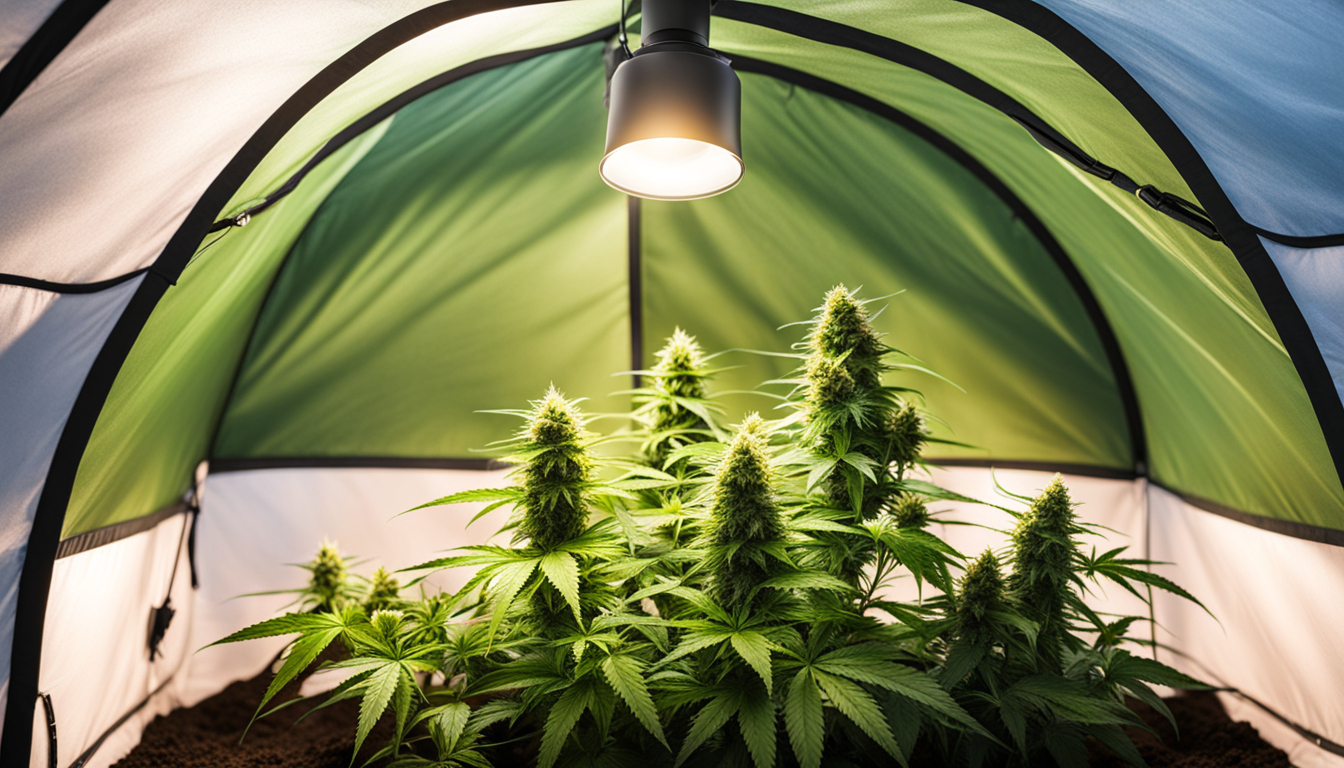
Bloom Stage
The flowering stage grows buds as plants show their sex under a 12/12 cycle timing. It lasts 2-3 months depending on strain.
Changing Light Schedule
Switch grow lights to 12 hours on, 12 hours off or move outdoors for outdoor 12 hour cycle. This triggers plants to start blooming.
Stop Fertilizing
Flushing removes fertilizer residuals to enhance flavor. Fertilize weakly the first weeks then just use plain water the last 2 weeks.
Flushing
Maintain 12 hour photoperiod but leach using pH-balanced water only. Resume clean watering if buds aren't yet ripe after two weeks.
Harvesting
Knowing when cannabis is completely mature delivers peak cannabinoid content and aroma. Harvest plants at optimal ripeness.
Identifying Ripeness
Look for swollen calyxes, faded pistils, and 5-15% cloudy trichs. Inspect buds across the plant as they don't all mature evenly.
Harvesting plants
Use sterilized, razor-sharp trimming scissors to carefully cut each plant at the base. Keep 5-10cm of stalk attached.
Drying
Hang intact plants or colas upside down in a dark room with moderate temperature and humidity around 45-65% for 7-14 days.
Curing
Aging continues drying while improving the buds like aged spirits. This process mellows bitterness and further develops cannabinoid contents.
Curing containers
Manicure dried buds from branches and store into glass jars, packing about 75% capacity. Use a hygrometer to monitor container humidity.
Opening jars daily
Unseal jars for a short time daily to gradually reduce humidity. Rehydrate buds if RH drops below 55%.
Long term storage
After 14-21 days when humidity levels off around 55-65%, perform a last trim and keep forever in sealed jars.
Troubleshooting
Even seasoned growers run into different weed plant problems. Detect problems early and address them correctly to maintain a healthy garden.
Poor feeding
Yellowing leaves often indicate inadequate nitrogen. Purpling stems and leaves signal low phosphorus. Check pH and boost nutrients slowly.
Pests
Thrips, aphids, fungus gnats, mites, and root aphids are frequent marijuana pests. Watch Now Use neem oil sprays, predator bugs, and sticky traps for natural control.
Powdery mildew
High moisture encourages botrytis and bud rot. Increase airflow and venting while lowering RH below 50% during bloom.
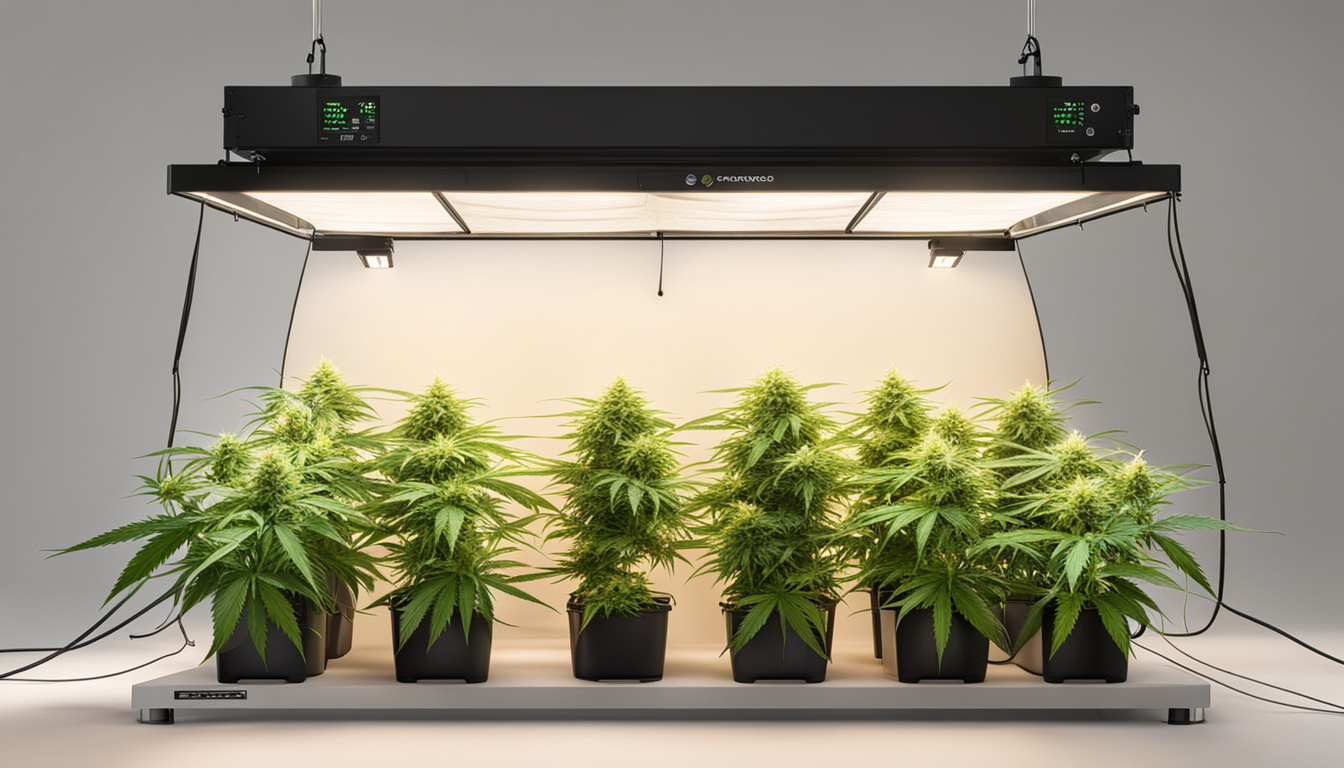
Conclusion
With this complete indoor marijuana cultivation guide, you now have the knowledge to cultivate plentiful potent buds for private harvests. Follow these techniques and techniques during the germination, growth, and flowering stages. Spend in good equipment and closely monitor your plants. In time, you'll be rewarded with sticky fragrant buds you grew yourself under the loving care of your green hands. Happy growing